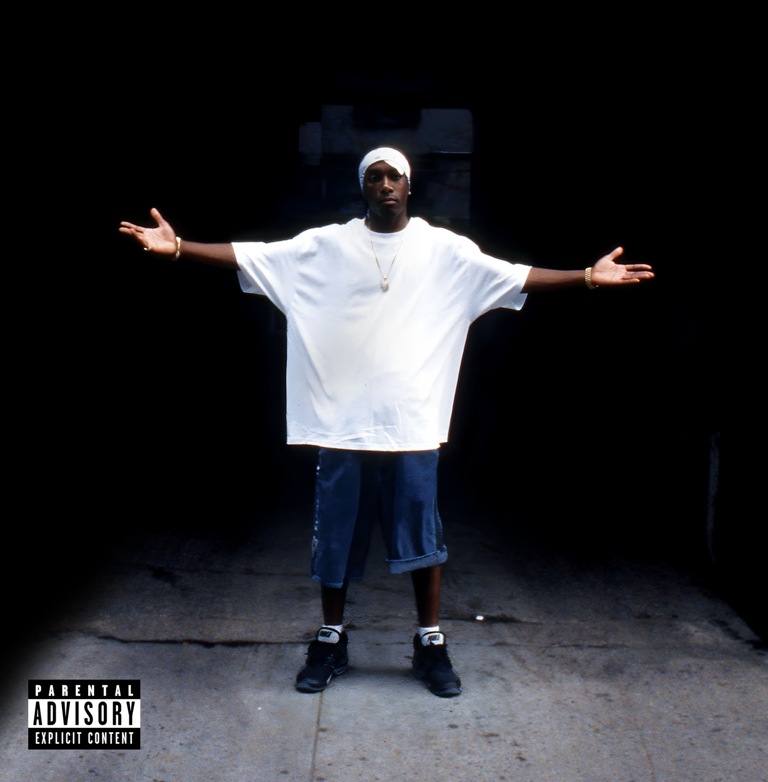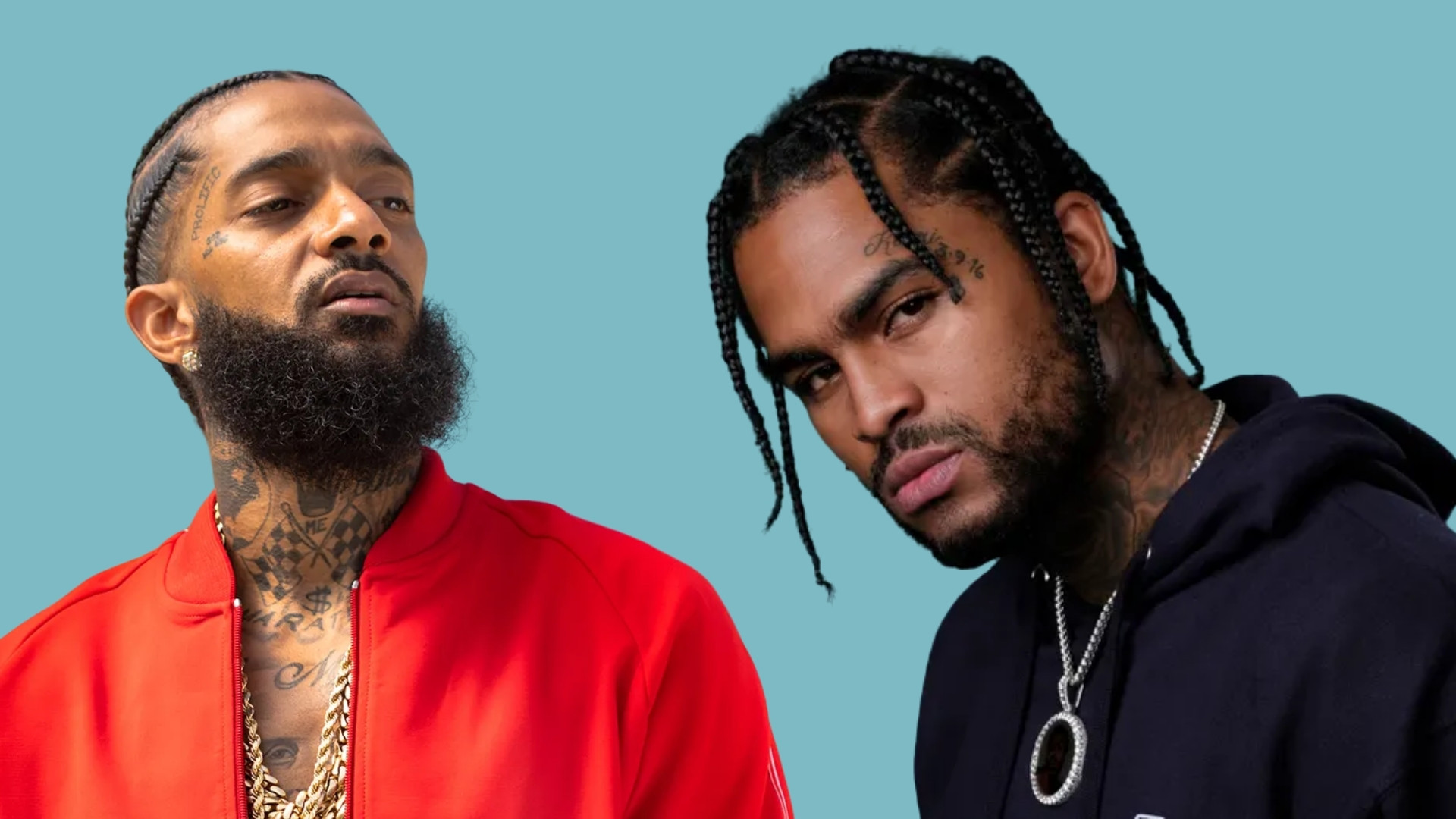"This is a celebration of the incredible diversity that exists in flamenco now," says director Miguel Marín.
The New York Flamenco Festival will celebrate 20 years of bringing Spanish music to new audiences with a program of 53 shows featuring more than 120 musicians, singers and dancers.
Billed as the largest flamenco event ever to take place outside of Spain, the festival will showcase the innovative music of a wave of artists who are making flamenco their own, the majority of whom will be making their New York debuts. Concerts will take place from March 12-April 5, taking over Manhattan at venues that include Joe’s Pub, Le Poisson Rouge and Jazz at Lincoln Center, as well as Town Hall, the venerable site of Flamenco Festival shows since its inception.
“There are artists who have really broken with flamenco tradition and they can be controversial,” says Flamenco Festival director Miguel Marín. “But I think that is what makes them interesting. Before, what was considered pure flamenco was what was valued. But I think that purity or authenticity also means being true to yourself, and that is reflected in the festival.”
Artists include singer Rosario La Tremendita, who plays electric bass and guitar; flamenco saxophone player Antonio Lizana; and the brilliant conceptual artist Niño de Elche, as well as Kiki Morente and José del Tomate, the young heirs to flamenco greats Enrique Morente and Tomatito, respectively.
“The festival] breaks with that preconceived notion that flamenco is exclusively a traditional art,” says Marín. “There are artists who are completely contemporary. Before, flamenco was considered an art of interpretation. Now, it’s about the art of creation. In flamenco, an artist can find a vehicle for expression without limits, to express what they feel and what they think, and that is relevant for young people.”
Pianist Max Villavecchia of Barcelona band Los Aurora, a group with rock and jazz as well as flamenco roots set to perform at Le Poisson Rouge on March 29, explains that flamenco is part of an overall identity for artists like him, who grew up bombarded by English-language pop but also listened to a mix of music that included innovative urban fusion groups of the nineties, like Ojos de Brujo, whose sound incorporated flamenco and Catalan rumba together with electronic beats, hip hop and global rhythms.
“Flamenco is just such a potent form of music,” says Villavecchia, 30, who performs with singer Pere Martinez, drummer Juan Carlos Marí, bassist Javi Carrabella and flamenco dancer José Manuel Álvarez in the band, which came together at Barcelona’s Taller de Músics music school, where Villvecchia studied both flamenco piano and jazz. “It’s the music of our homeland and it’s also universal.”
For the last two decades, Marín’s goal has been to increase global awareness of flamenco, particularly in the United States. Originally from Cordoba, Spain, he founded the New York Flamenco Festival after stumbling upon a small local flamenco scene when he was a college student in Kansas City, and subsequently moved to New York to get a masters degree in performing arts at NYU. The New York Festival, which has become a platform for other concert series and one-off shows in other cities, receives support from the government of Andalusia, the Spanish Tourism Office and the Instituto Cervantes, among other Spanish entities.
“There has always been a spectacular level of flamenco talent,” Marín says. But that talent has often remained in Spain. He notes that a lack of infrastructure in the flamenco world has historically hindered efforts for many artists to find audiences abroad. “A big part of what we do is to fill that gap between the way of working in the United States and the way of working in the flamenco world.”
The fact that the category for Best Flamenco Album was cancelled at the 2019 Latin Grammys due to a lack of entries, in spite of the many worthy flamenco records that were produced the previous year on both independent and major labels, is one sign that, as Marín says, “there have not been a lot of flamenco] managers who have an international vison,” and promotional tools such as music videos and social media are still not a given. But the runaway success of Rosalía over the past two years has shown that there is a young, mainstream public open to the flamenco sound.
Marín plans to capture audiences in the States with a total of 80 events, with some artists complementing their New York appearances with concerts in Los Angeles, San Francisco, Chicago or Washington, DC.
The New York Flamenco Festival program also includes performances by, among many others, acclaimed contemporary dancer Israel Galván, modern flamenco song master Miguel Poveda and guitarist Chicuelo. trumpeter Randy Brecker and other jazz artists will perform with the group New Bojaira.
“This is a celebration of the incredible diversity that exists in flamenco now,” says Marín.



